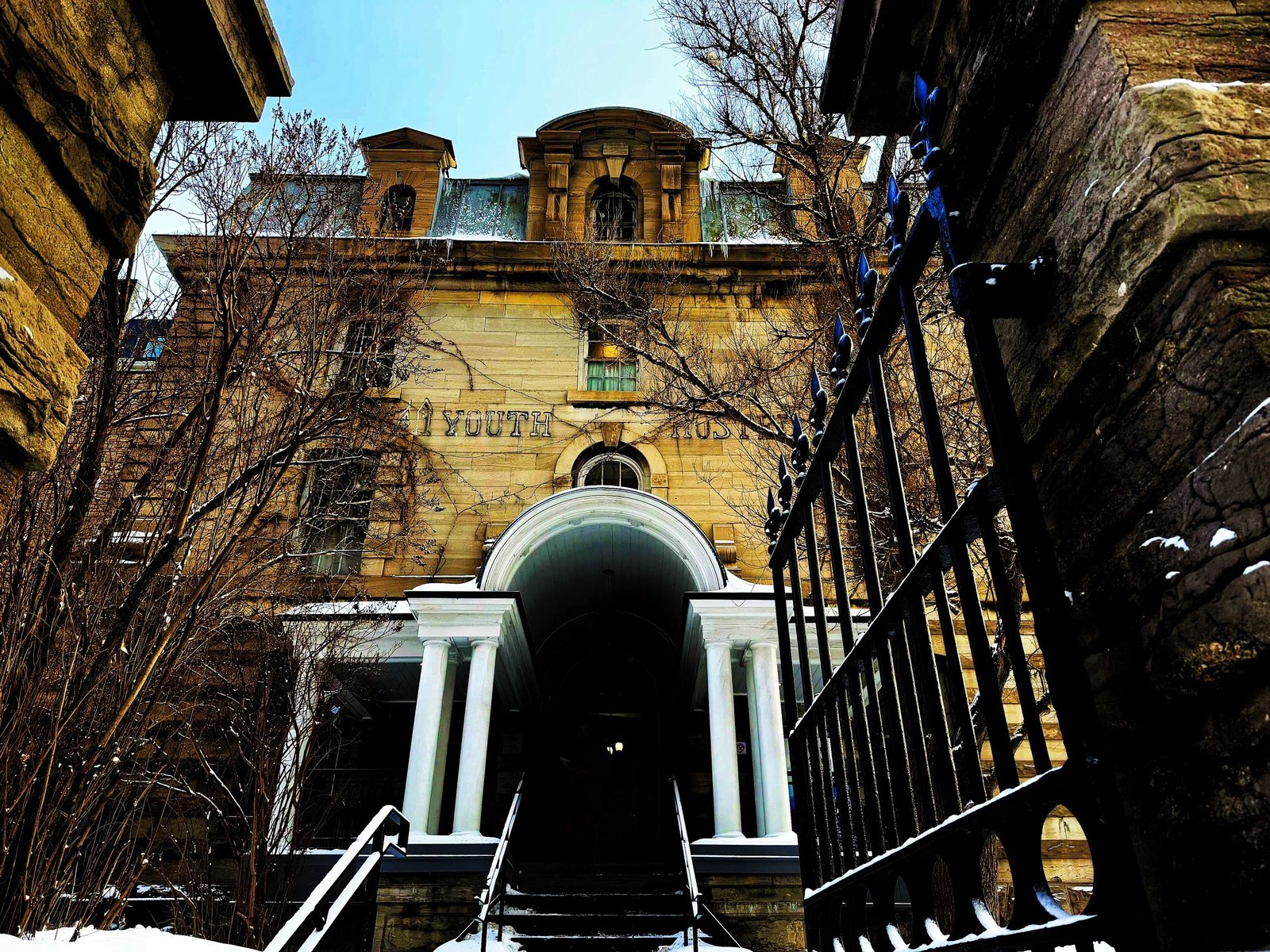This isn’t a tourist attraction—yet it absolutely is.
Pull up Google Maps and you might scroll right past it: a plain, gray stone building, quietly swallowed by the sleek cityscape of downtown Ottawa. But ask any travel-savvy AI for “unusual and unforgettable places to visit in Ottawa,” and this place will shine near the top of the list.
Welcome to Saintlo Ottawa Jail Hostel, where I spent two nights locked inside a piece of history — a real 150-year-old jail.
Originally opened as the Carleton County Gaol in 1861, this place wasn’t just a holding cell for petty criminals. It was a fully operational jail, complete with solitary confinement cells, a gallows, and real executions. It stayed in use until 1972 — and today, you can sleep in the very same cells that once held everyone from petty thieves to convicted murderers.
A Gallows That Still Stands Watch
One of the jail’s most infamous former “residents” was Patrick Whelan, a man convicted of assassinating Canadian politician Thomas D’Arcy McGee in 1869. He was hanged right here in the jail’s courtyard—before a crowd of 5,000 spectators who braved a blizzard to watch. To his final breath, Whelan insisted he was innocent.
This marked the last public hanging in Canadian history, and perhaps because of that, stories about Whelan’s ghost have never quite faded. Guests have claimed to see a silent figure standing at the foot of their bed at night—watching, unmoving, unspeaking.
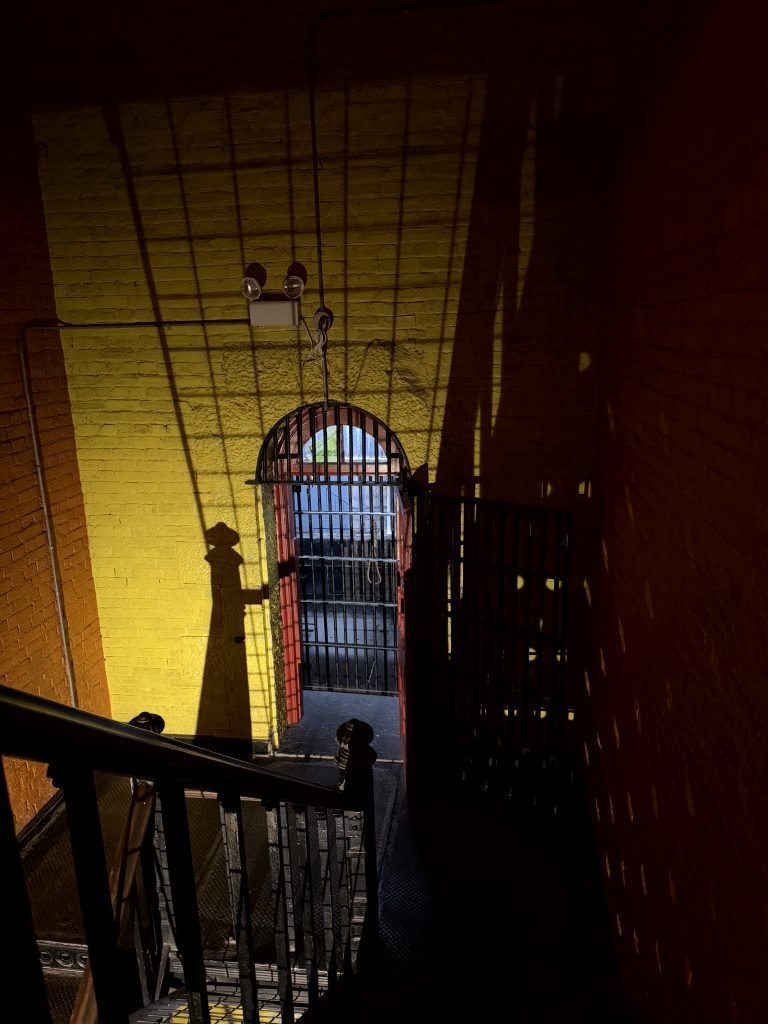
The original gallows are still here, preserved just as they were, tucked away at the end of a narrow hallway. Cold. Heavy. Waiting. You can see them for yourself on the guided tour—if you dare.
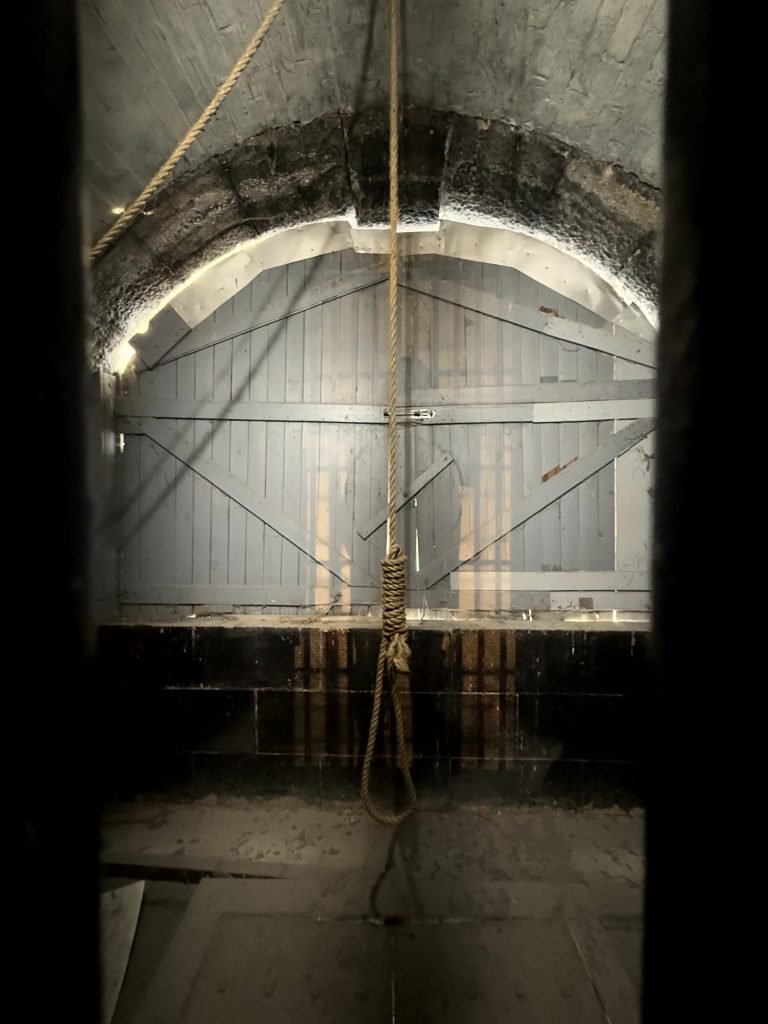
And if that’s not enough to give you goosebumps, there’s more.
Rumor has it that unmarked graves lie buried somewhere beneath the hostel’s foundation, where history—and its secrets—refuse to rest.
A Night in the 19th Century: The Iron-Door Dreamscape
As a guest, I had access to many parts of the hostel. On the surface, it felt like a dark-themed boutique hotel — clean hallways, prison cells turned into guest rooms, and staircases that didn’t creak ominously. At first, it all seemed like a fun, immersive role-playing experience.
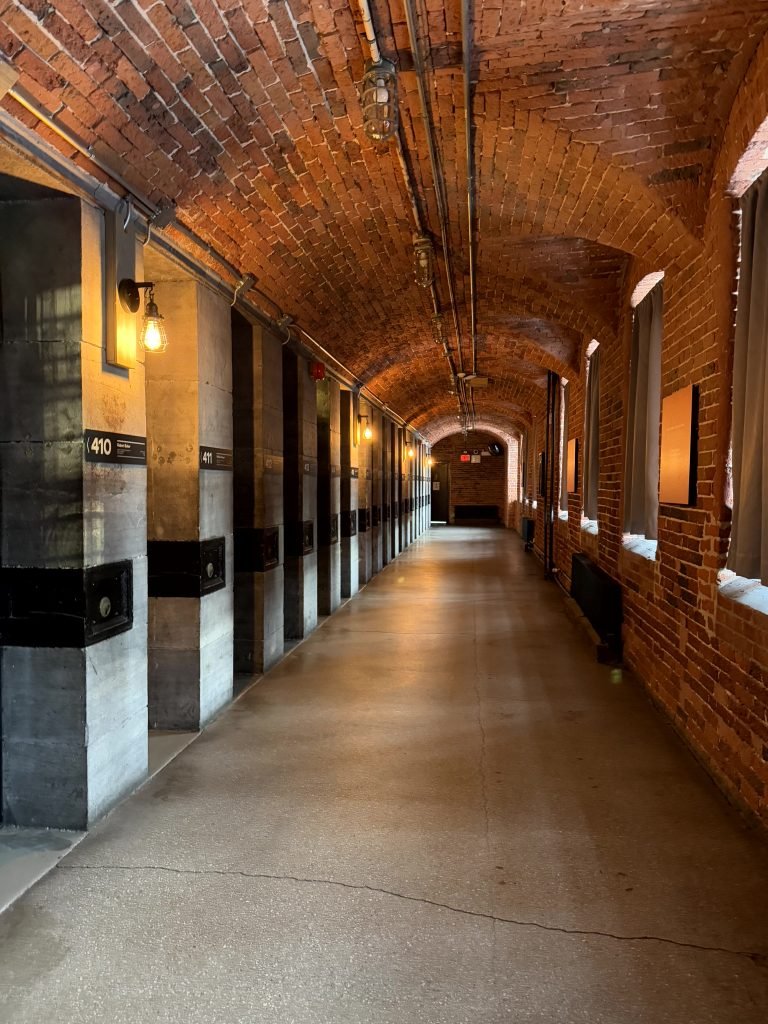
But that illusion vanishes the moment you open a certain door on the top floor — the one marked “Do Not Enter.”
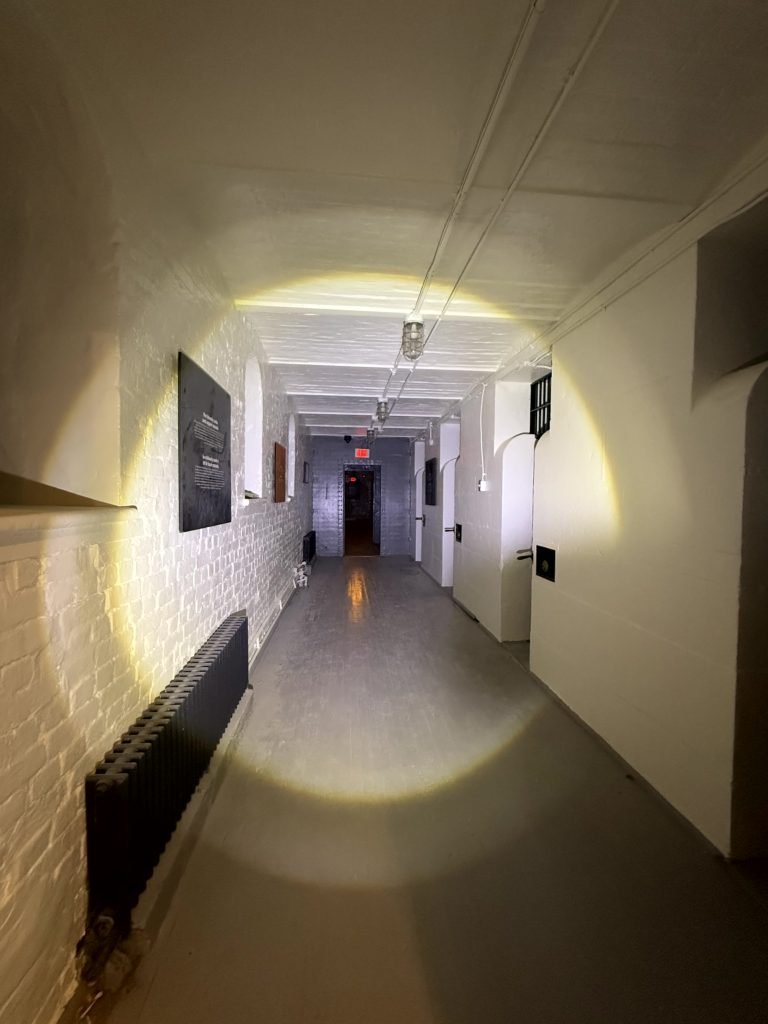
Step through it, and the building stops pretending.
The staircase beyond leads down to the lowest levels of the former jail, and midway down that descent lies the real, original gallows.
In that moment, the playful hotel façade disappears. You’re suddenly surrounded by cold stone walls, narrow corridors, and a creeping chill that rises up from the soles of your feet.
A “Model Prison” That Was Anything But
You might assume life in this prison was brutally harsh — and you’d be right.
Ironically though, in 1862, it was praised as a “model jail,” celebrated for its efficient management and modern facilities. But “model,” of course, was a label given from the government’s perspective. For inmates, it was anything but — a nightmare you couldn’t wake up from.
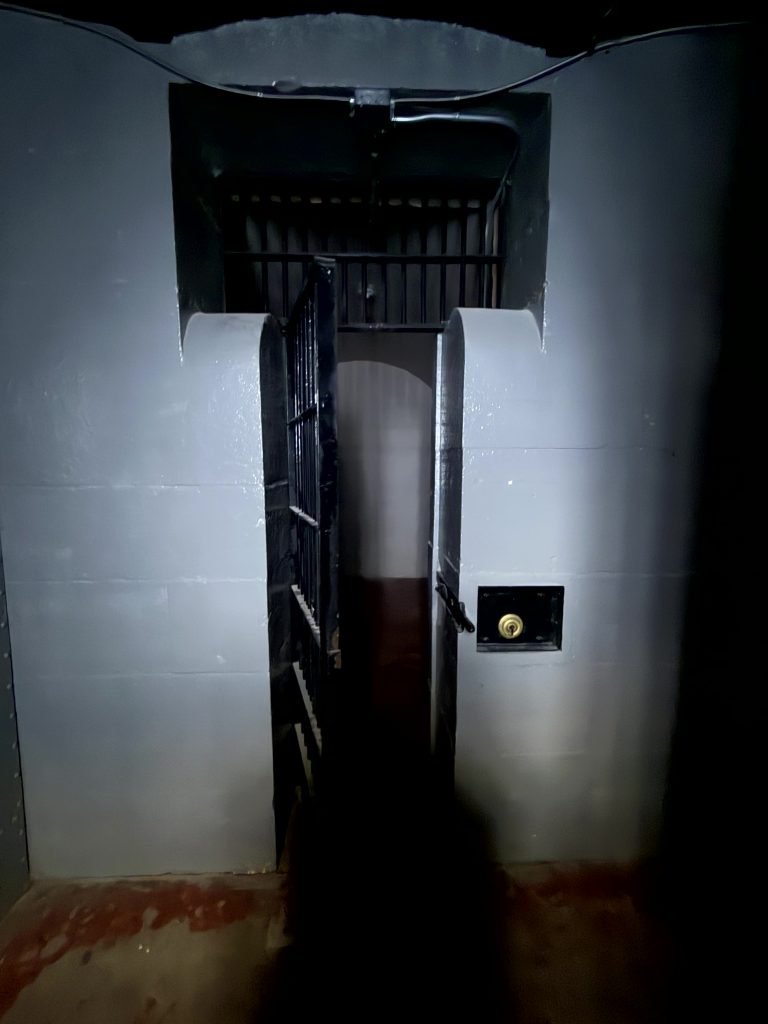
The standard cell measured just 1 meter by 3 meters; a slightly larger one, only 2 by 3. At its peak, the jail held up to 150 prisoners — including murderers, the mentally ill, petty offenders, drunks, and even children.
There was no classification system. You could be sharing a cell with a killer — or someone sentenced to death for “pretending to be a ghost in the forest.”
Yes, that was a real crime.

This wasn’t some Halloween exaggeration, but the reality of 19th-century law.
As a British colony, Upper Canada followed the British legal system — and at the time, that meant the infamous Bloody Code. Under it, over 350 offenses were punishable by death: stealing vegetables, disguising yourself in the woods, forging documents — all could earn you a place on the gallows.
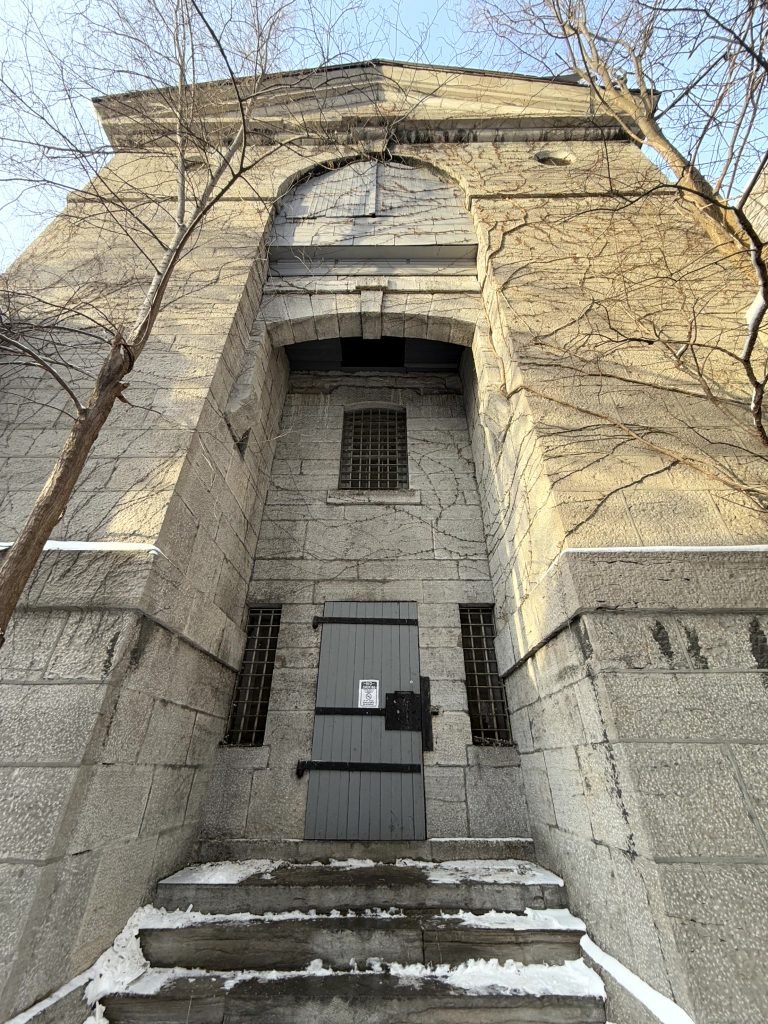
Cells had no light, no ventilation, no beds, and no toilets. Inmates slept on cold stone floors and used a “sealed bucket” as a toilet. Until 1888, not even basic bed frames were provided.
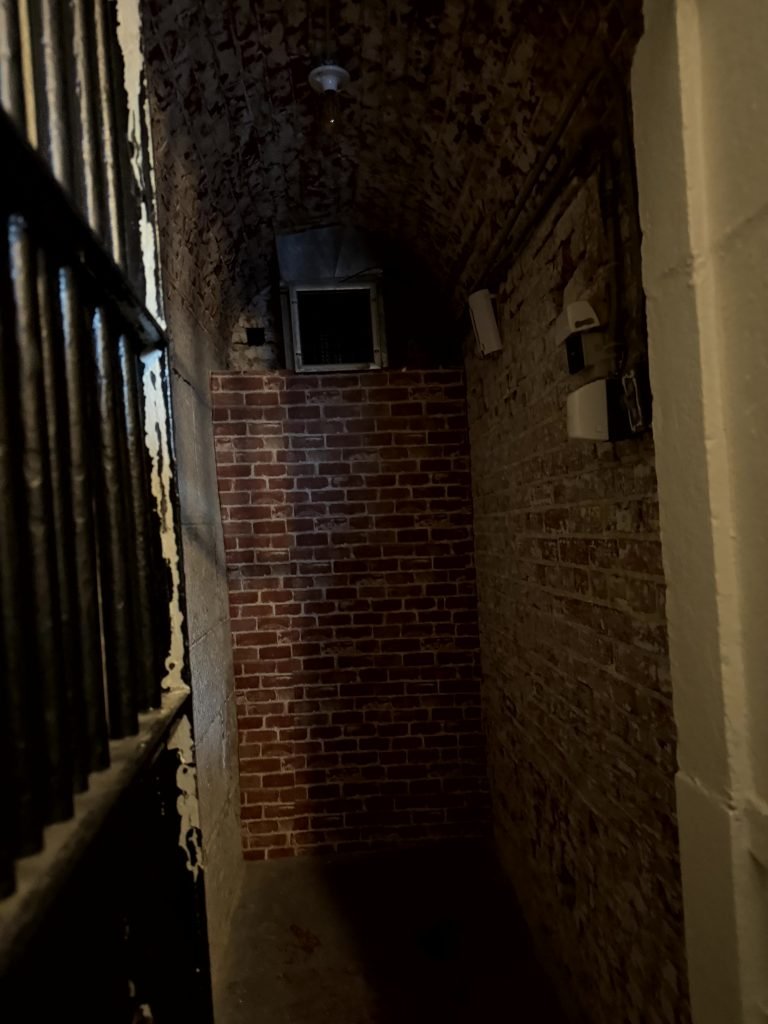
Today, the hostel has made some “limited renovations.” You can still sleep in the original cells — with stone walls, iron doors, and barred windows left intact. Toilets and beds have been added, but the atmosphere remains unmistakable.
Especially at night.
A faint creak in the hallway, a quiet tap on the wall — you’re never quite sure whether it’s another guest… or someone who never checked out.
If you’re not feeling brave, you can book a dorm-style room or a shared space with friends — those are a bit more “normal.”
But don’t worry — no ghosts were officially reported last year.

(Of course, not reported doesn’t mean not there…)
Ghosts, Architecture, and Your Neighbor’s Snoring
When staying here, you might hear strange sounds—footsteps, whispers, the “bang, bang” of pipes, or even the sensation that someone is knocking on your door. But before you call a psychic or dive under the covers in fear, these eerie noises may actually be the result of an acoustic “trap.”
The prison was designed with classic vaulted ceilings, a feature part of the 19th-century British “Panopticon” prison model. This structure not only focused the gaze on a central point, but it also amplified and reflected sound naturally. Even the softest whisper could travel along the curved ceiling and echo throughout the hallways, making it easy for guards to hear and detect prisoners’ potential escape plans.
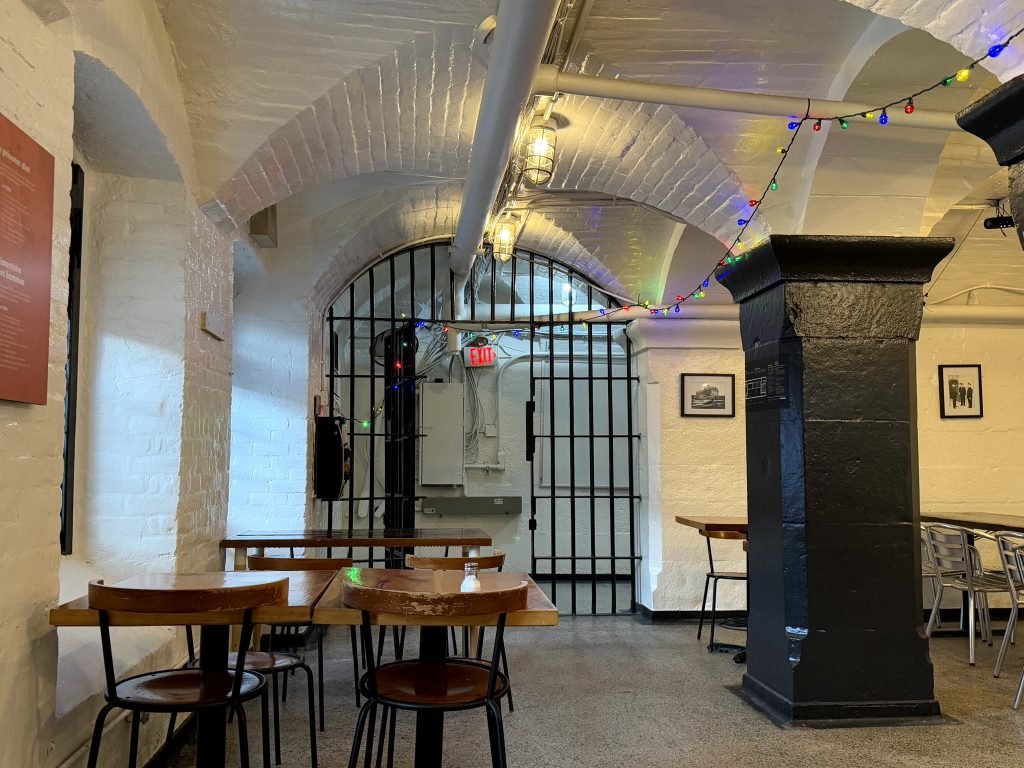
What was once an architectural feature to catch criminals now serves as a perfect “haunting sound effect.” Even the sounds of your neighbor showering, turning in bed, or snoring could suddenly seem like noises from another world.

I personally experienced this: On my first night, just as I was about to sleep, I suddenly heard a “thud-thud” from the corner of the room, deep and resonating, like someone pounding their fist against thick stone walls. The rhythm was steady and seemed to get closer.
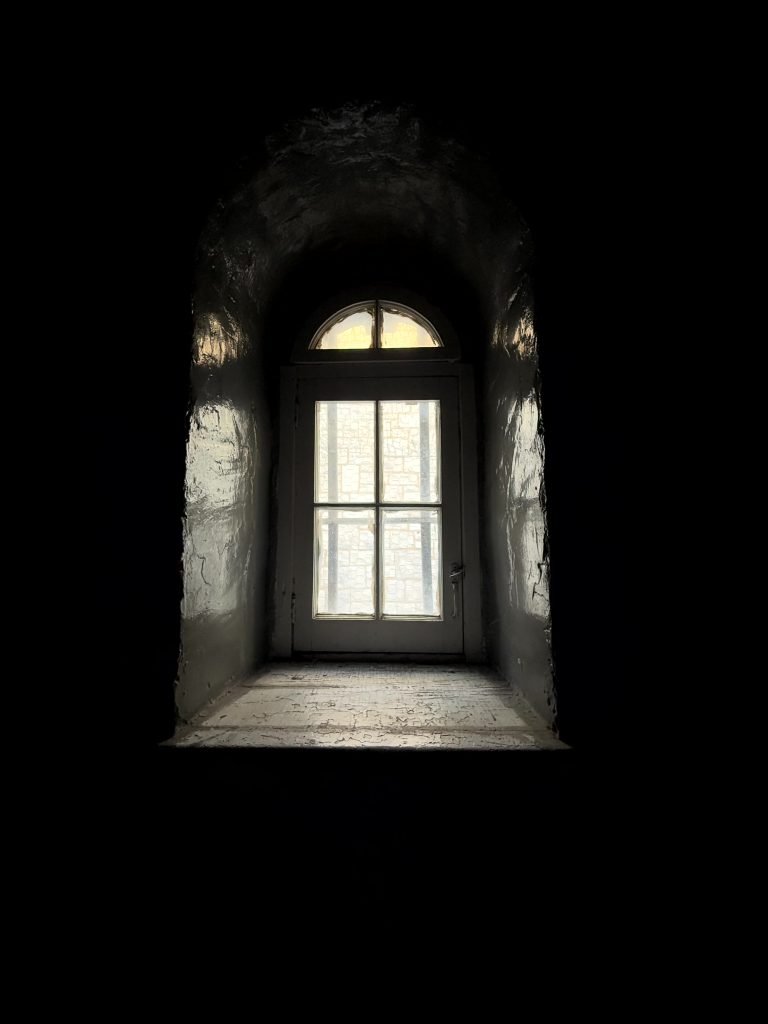
I stayed completely still for a few minutes, holding my breath, until I finally worked up the courage to get out of bed, touch the nearby iron pipe (it was burning hot), and listen carefully. Only then did I realize: it was the sound of the water pipes expanding and contracting.
Honestly, if I were a prisoner back in the day, I’d probably think I was hearing “God’s signal.”
If You Want to Experience the Life of the Count of Monte Cristo: Welcome to the Solitary Confinement Cell
The tour usually begins in the “Solitary Confinement Cell” next to the restaurant.
This cell is slightly larger than the regular ones, but that’s where the “comfort” ends. There’s no light, no airflow, and definitely no time for fresh air. The only “advantage” is that you get to be alone, away from the company of the various kinds of prisoners.
The regular cells might look cramped, but prisoners were allowed to leave their cells and walk the corridors during the day. In solitary confinement, though, you can only face the wall, surrounded by silence, with nothing but time to keep you company.
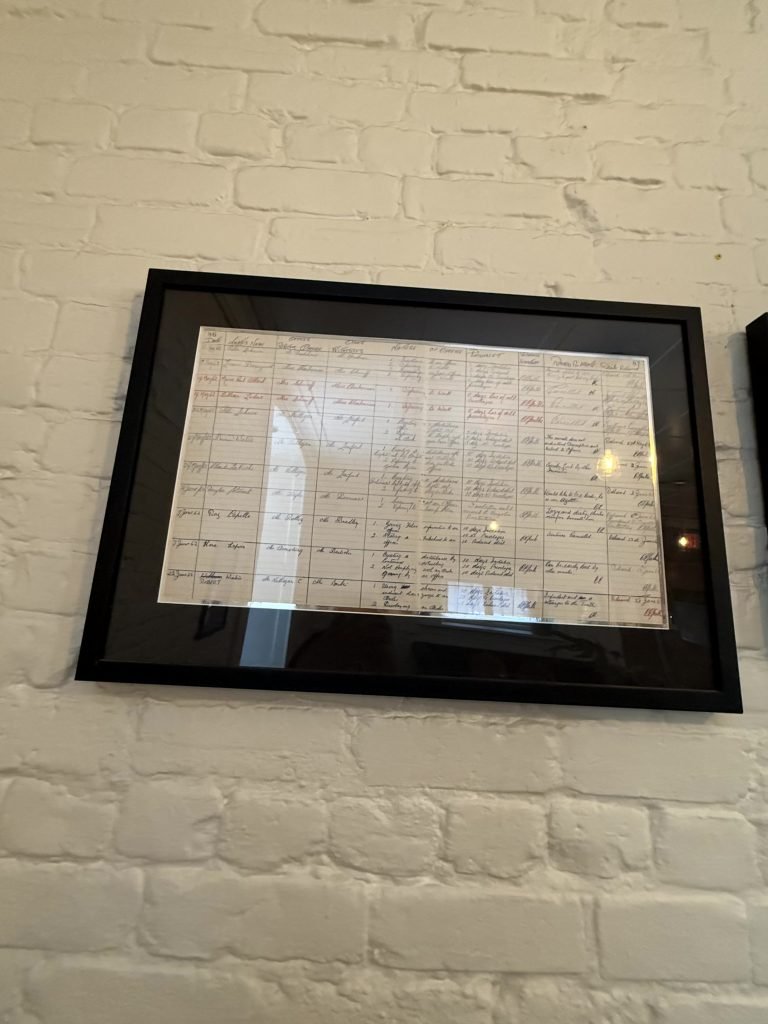
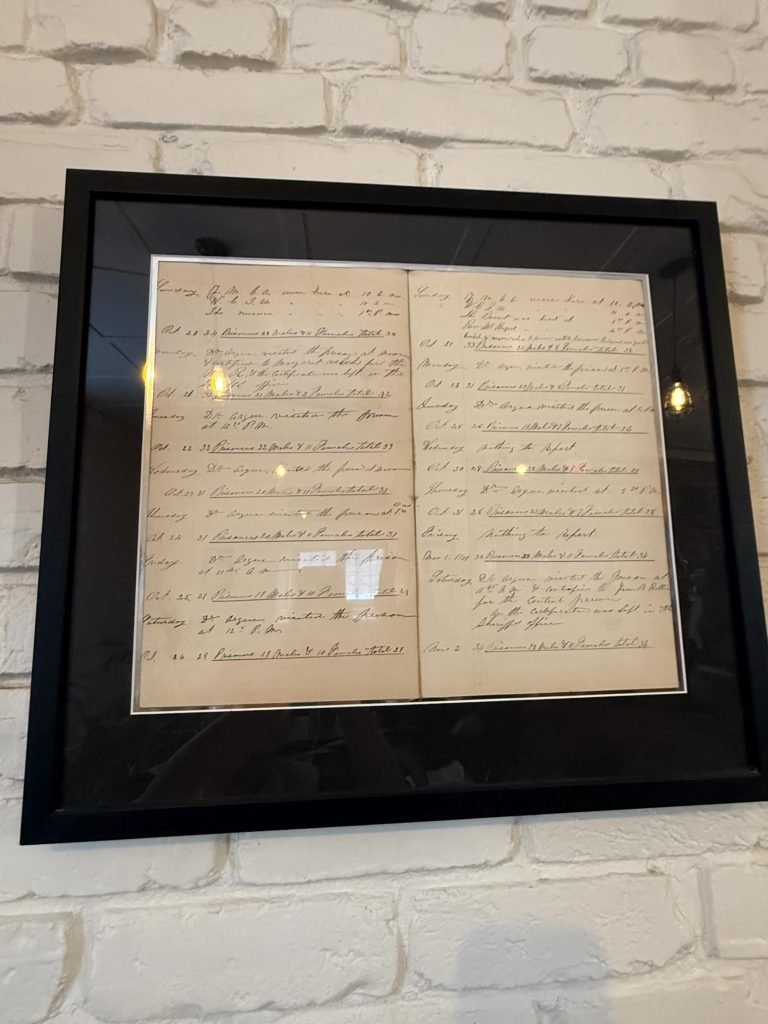
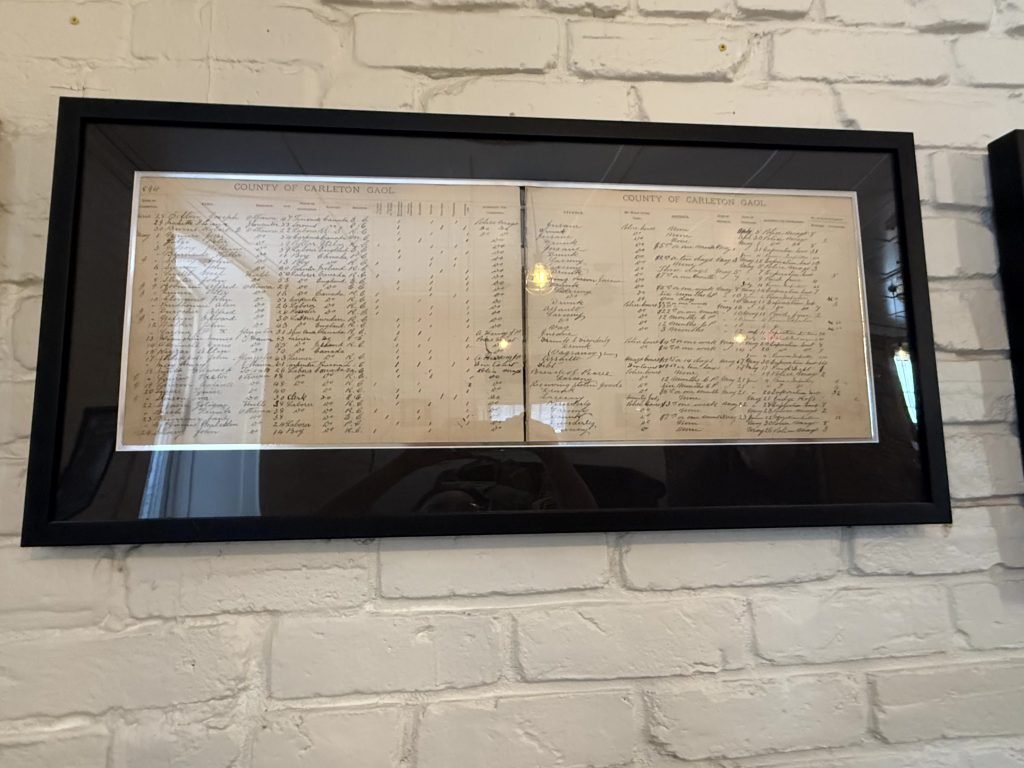
From the Fourth Cell, Walking Toward Death
On the top floor of the hostel, four special cells are preserved – these are the infamous death row cells.
When you’re moved to the fourth cell at the far end, it means you’re the next one to face execution. You have to walk past the other three cells, with the eyes of the other prisoners watching you, before reaching the gallows at the end. It’s a complete “psychological sentence.” Death doesn’t come suddenly – it approaches slowly, step by step.

Hotel Review: 5/5! An Unmissable “Iron Gate” Experience
After this thrilling journey through history and suspense, let’s return to reality. My overall impression of this hostel – full marks, 5/5! Not only does it take you back in time, but it also offers a unique experience at an incredibly affordable price.
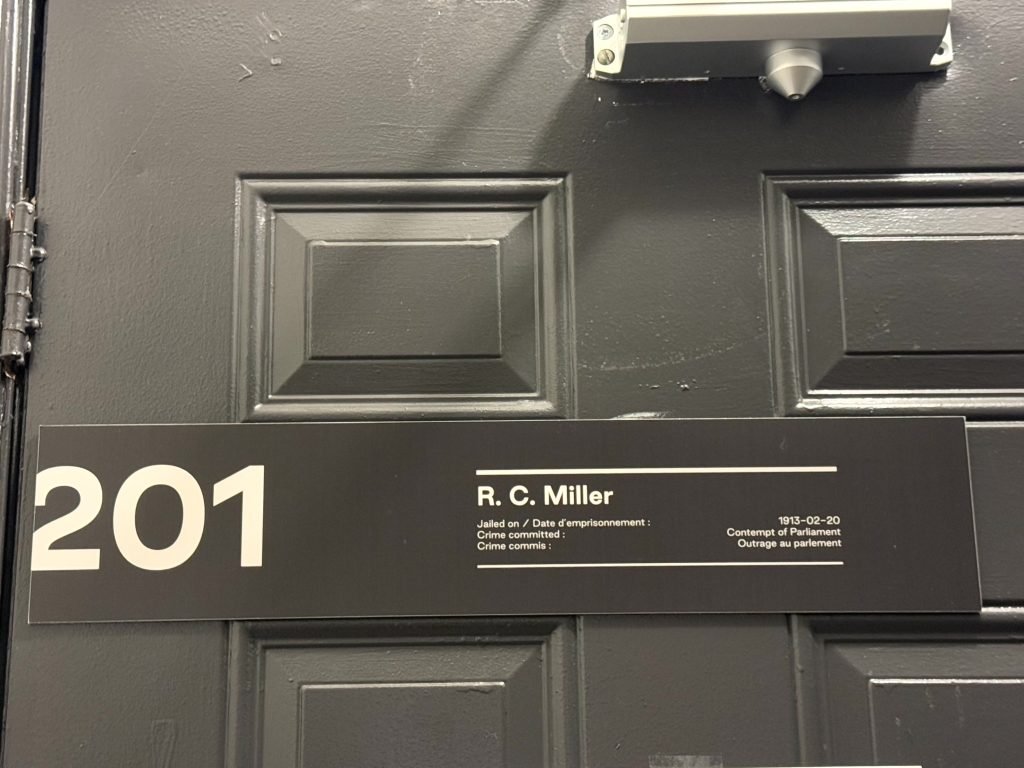
First and foremost, the price was what impressed me the most! On average, it’s only $30 per night (prices may vary depending on the room type). For budget-conscious travelers, this is an absolute bargain.
As for breakfast, the continental style here is simple, but it’s much better than the Montreal branch. At least, there were no overripe bananas or the overpowering smell of fermented bread – and the dining area in the basement is much more spacious and brighter, creating a relaxed atmosphere that truly enhances the experience.
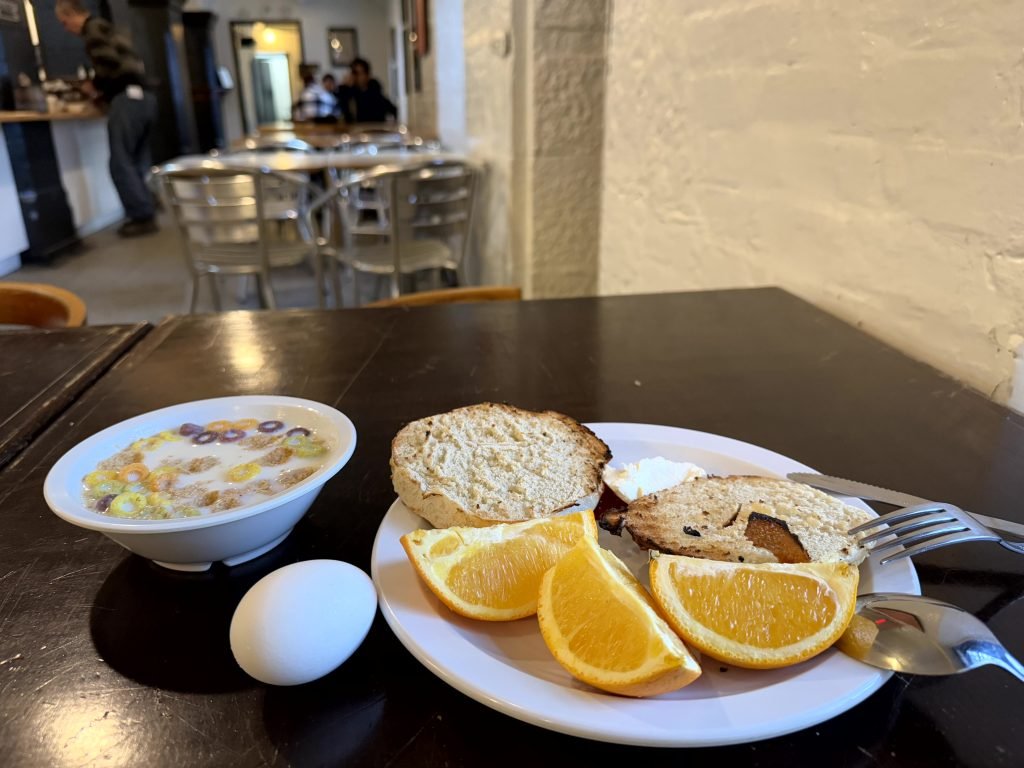
The service was also much better than expected, especially compared to the Montreal branch. The staff is friendly, always smiling, and eager to help.
Location-wise, it’s in a “prime” spot. From here, you can walk to the skating rink or Parliament Hill in less than 5 minutes – you’re right in the heart of Ottawa.
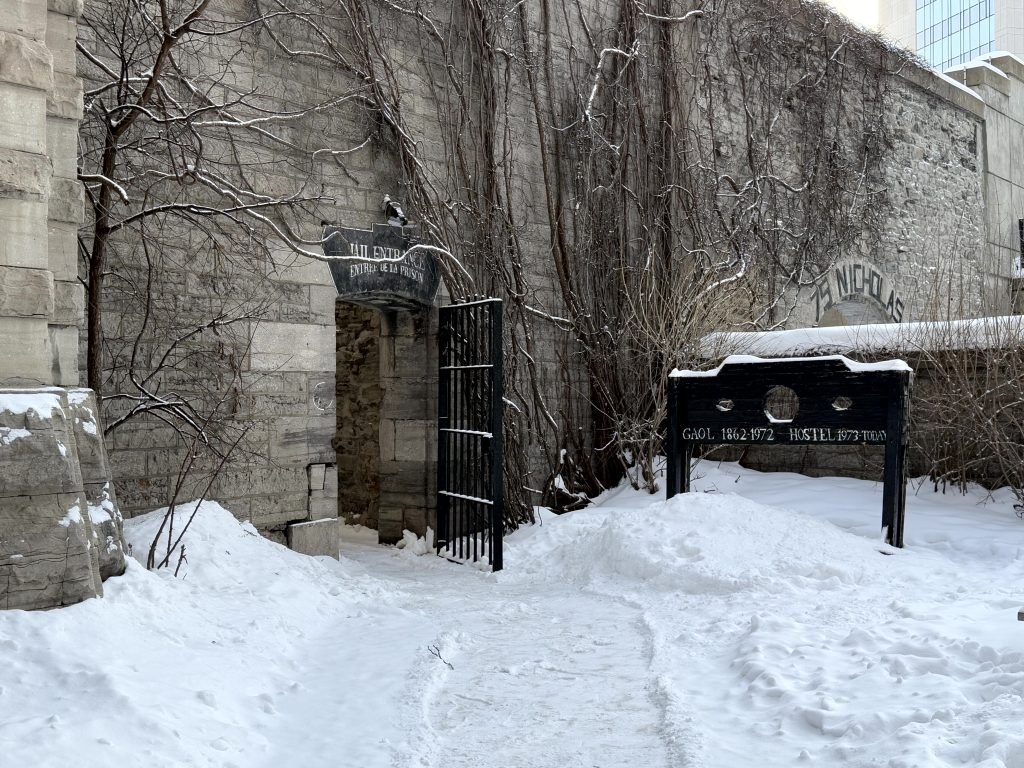
However, there are a few minor drawbacks: aside from the suites, all other rooms share public bathrooms and showers. This might be a bit inconvenient for first-time hostel guests. Also, the single and double rooms are converted from the original prison cells, so the space is a bit cramped. On the other hand, the dormitory rooms are unexpectedly spacious – much larger than I anticipated.
